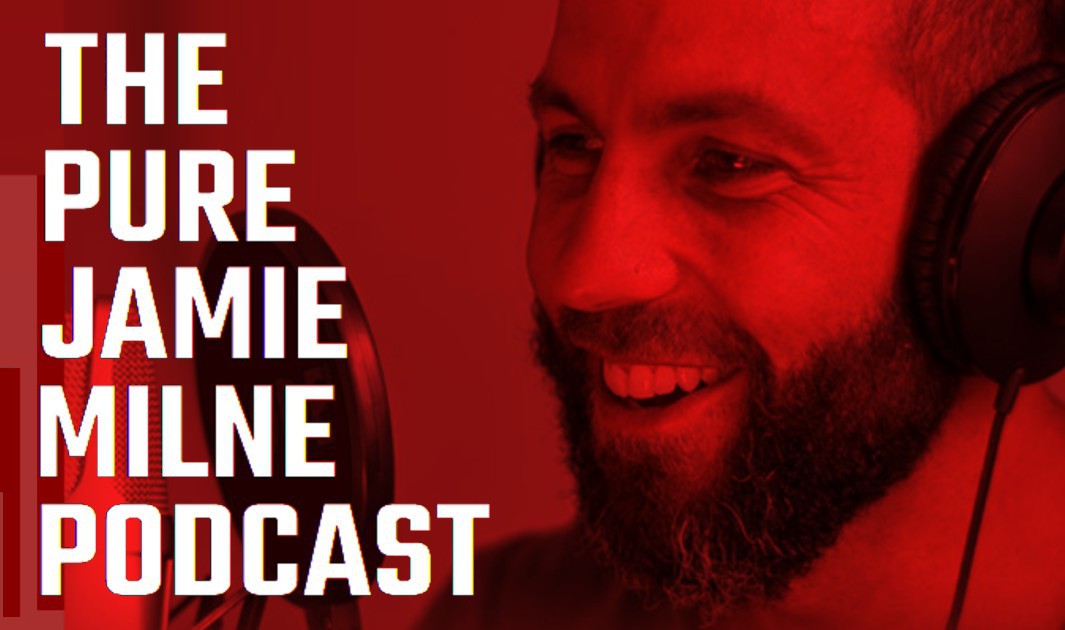JMtv + The Pure Jamie Milne Podcast

Episode 34: Russell Stringer 24 Hour Murph World Record Holder and the WR Team
Thursday March 18, 2021
Audio only version
The 24 Hour MURPH World Record Fell On the Sunshine Coast At Jamie Milne Training. Checkout live footage here

Episode 33: Success Coaching - An Australian First
Monday March 08, 2021
Audio only version
At some point in life, most people have experienced the support of a person that brought the best out of him or her. I know - I’ve had it too.
These people shaped your thinking and motivated you to move towards your dreams. Often these people showed up by chance, and they may not even know how much of an impact they have had in your life because probably you never told them so.
But what if instead of relying upon chance, you could, on-demand, call up an extraordinary person to guide you to take the right steps, to help you reach your utmost potential.
FREE Consultation! - email me at jamie@jamiemilnetraining.com to find out more.
Program starts: March 22nd

Episode 32: Reesha Lewis - Australia's best Ultra Runner
Tuesday February 23, 2021
Audio only version
The champion of Australian Ultra Running, Australian National ranked boxer, King of Pomona, winner of the Guzzler, Blackall, Hares and Hounds and the record holder of Beerwah mountain. Did we mention this unicorn use to be 140kg?

Episode 31: 10 Men On A Massage Table - Candi Macknamara, Myotherapist
Monday November 23, 2020
Audio only version
10 men on a massage table - what’s the common thread? We talk mental health from for the busy man and how to manage stress potential burnout and depression.

Episode 30: The UnPanic Project - Danielle Eaton
Sunday October 25, 2020
Audio only version
Jamie speaks to the UnPanic Project founder Danielle Eaton about her initiative and mental health awareness blog.
They discuss panic attacks living with bipolar type 2 disorder and anxiety tools resources and a mother of two’s desire to share her story to help others.

Episode 29: Alcohol and Alcoholics
Sunday October 11, 2020
Audio only version
Five sober people sharing their personal battles with booze, and insights to being sober.
- Alcoholics Anonymous https://aa.org.au
- AA Helpline 1300 222 222
- This Naked Mind (Control Alcohol) https://thisnakedmind.com/
- AA Alternative Smart Recovery smartrecovery@srau.org.au 02 9373 5100
- Recovery - Russell Brand https://www.booktopia.com.au/recovery
- Truth About Alcohol - Netflix https://www.netflix.com/au/title/8018
- SoberHood - Elaine Benson https://instagram.com/iamelainebenson